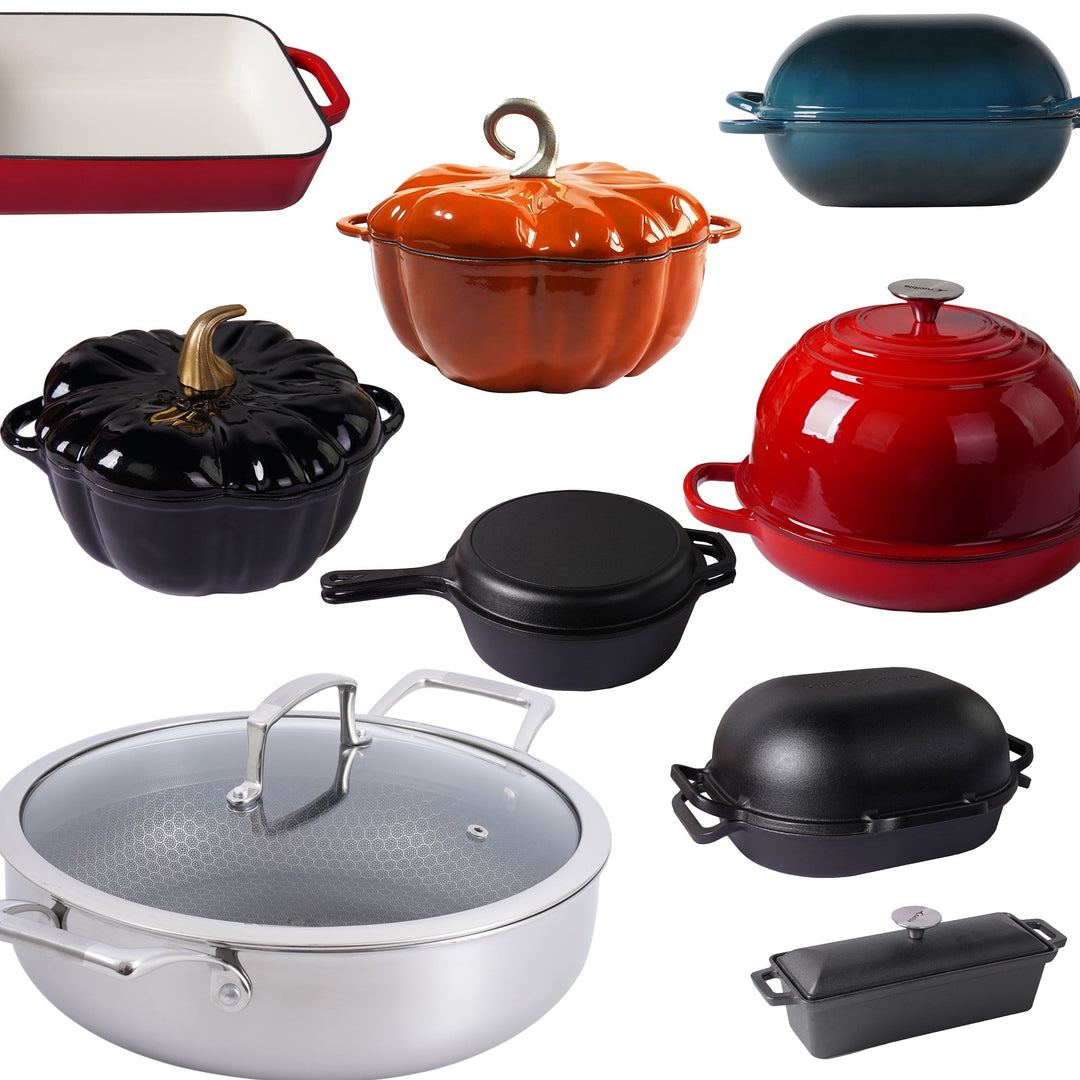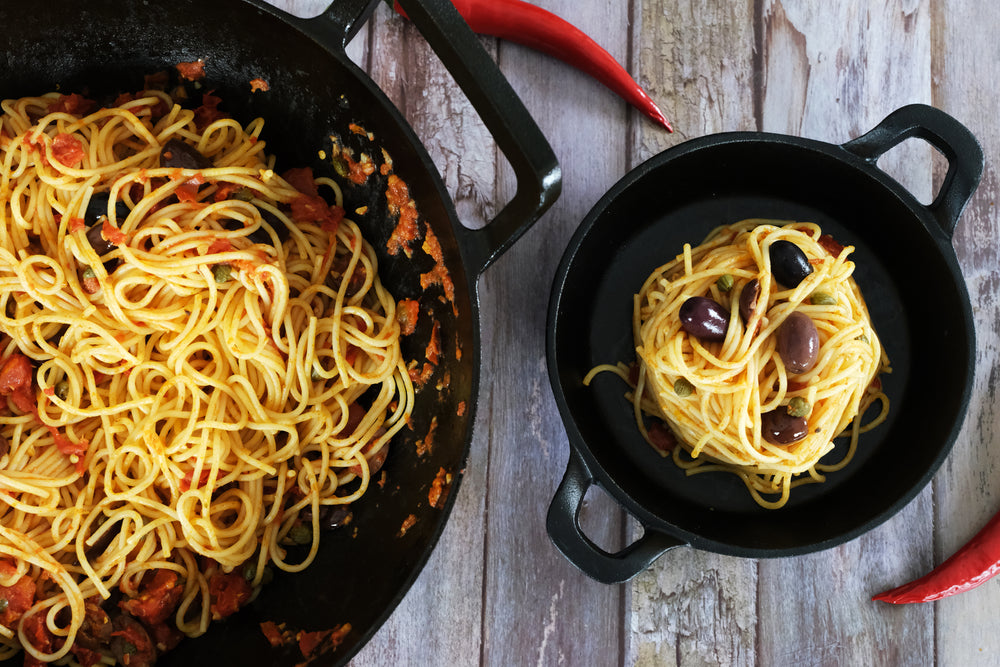Compreender a Percentagem de Hidratação no Pão: Por Que É Importante e Como Afeta o Seu Pão

Quando se trata de fazer pão, um dos fatores mais cruciais a considerar é a percentagem de hidratação. Este termo refere-se à proporção de água para farinha na massa e tem um impacto significativo na textura, sabor e qualidade geral do produto final. Neste artigo, vamos explorar o que é a percentagem de hidratação, por que é importante e como diferentes níveis de hidratação podem influenciar o seu pão.
O que é a Percentagem de Hidratação?
A percentagem de hidratação é calculada dividindo o peso da água pelo peso da farinha e depois multiplicando por 100. Por exemplo, se tiver 500 gramas de farinha e 350 gramas de água, a sua massa tem uma percentagem de hidratação de 70% (350/500 * 100).

Por que a Percentagem de Hidratação é Importante
-
Textura e Estrutura da Migalha: O nível de hidratação afeta diretamente a textura do pão. Hidratação mais baixa (60-65%) resulta numa migalha mais densa, enquanto hidratação mais alta (70% e acima) leva a uma estrutura aberta e arejada com grandes buracos, típica de pães artesanais como ciabatta e focaccia.
-
Desenvolvimento do Sabor: Massas com maior hidratação frequentemente desenvolvem sabores mais complexos devido a tempos de fermentação prolongados. O aumento do teor de água permite que as enzimas e o fermento atuem de forma mais eficiente, decompondo amidos e proteínas em compostos saborosos.
-
Características da Crosta: A hidratação também influencia a crosta do pão. Pães com hidratação mais alta tendem a ter uma crosta mais fina e crocante, enquanto pães com hidratação mais baixa têm uma crosta mais espessa e mastigável.
-
Manuseamento e Mistura: A facilidade de manusear a massa é afetada pelo seu nível de hidratação. Massas com hidratação mais baixa são mais firmes e fáceis de moldar, enquanto massas com hidratação mais alta são mais pegajosas e requerem mais habilidade e experiência para manusear corretamente.
Diferenças nos Níveis de Hidratação
-
Hidratação Baixa (50-60%): Estas massas são relativamente firmes e secas, tornando-as mais fáceis de moldar e manusear. Produzem pães com um miolo compacto e uma textura mastigável. Exemplos incluem bagels e certos tipos de pães de sanduíche.
-
Hidratação Média (60-70%): Esta gama é comum para muitos tipos de pão, incluindo pães básicos de farinha branca e integral. A massa é manejável e produz um equilíbrio entre um miolo aberto e uma textura ligeiramente mastigável.
-
Hidratação Alta (70-85%): Estas massas são húmidas e pegajosas, exigindo técnicas especiais como esticar e dobrar durante a amassadura. Resultam em pães com um miolo aberto e arejado e uma crosta fina e crocante. Exemplos clássicos são ciabatta e focaccia.
-
Hidratação Muito Alta (85% e acima): A este nível, a massa é extremamente fluida e difícil de manusear, exigindo frequentemente equipamento especializado. O pão resultante é excepcionalmente leve e arejado, com uma estrutura de miolo muito aberta. Este nível de hidratação é típico de certos pães artesanais e alguns pães de fermentação natural.

Dicas para Trabalhar com Diferentes Níveis de Hidratação
- Hidratação Baixa: Estas massas são fáceis de amassar à mão ou com batedeira. Tenha cuidado para não trabalhar demais a massa para evitar uma textura dura.
- Hidratação Média: Adequado para padeiros iniciantes. Use uma batedeira de bancada ou técnicas de amassar à mão, e considere usar um pré-fermento para realçar o sabor.
- Hidratação Alta: Utilize técnicas como autólise (descanso da mistura de farinha e água antes de adicionar fermento e sal) e esticar e dobrar para desenvolver o glúten sem trabalhar demais a massa. Use uma espátula de bancada e molhe as mãos para gerir a pegajosidade.
- Hidratação Muito Alta: Requer técnicas avançadas de manuseamento e beneficia frequentemente de tempos de fermentação mais longos. Considere usar bannetons (cestos de fermentação) para suportar a massa durante a última fermentação.
Conclusão
Compreender a percentagem de hidratação é fundamental para dominar a arte de fazer pão. Ao ajustar o nível de hidratação, pode influenciar a textura, o sabor e a aparência do seu pão, adaptando-o às suas preferências. Quer pretenda um pão denso e mastigável ou um pão artesanal leve e arejado, saber como gerir e trabalhar com diferentes níveis de hidratação elevará as suas competências de panificação e conduzirá a resultados consistentemente excelentes.
















Deixe um comentário